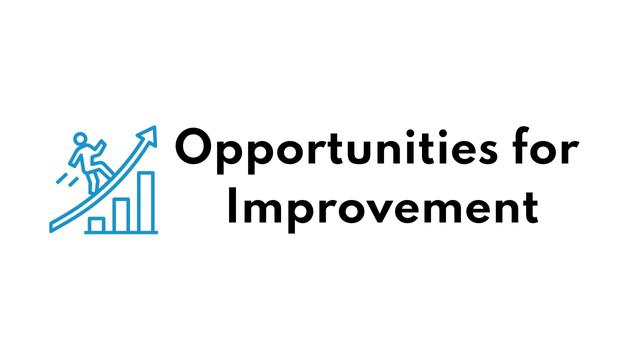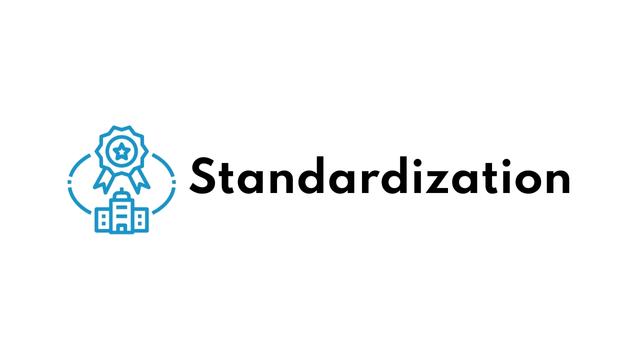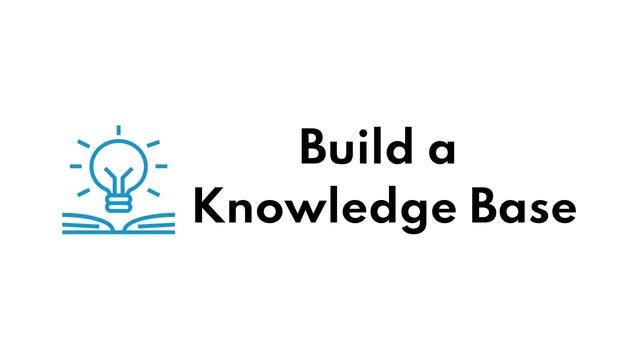Thinking about documentation?
Perhaps not in the hustle and bustle of a busy work week.
However, when there is turnover, change of control, someone away/missing or a significant event that brings this gap to light, you may suddenly realize how critical it is.
Today we’ll look at what documentation is and why your business needs it.
In addition, we’ll look at three simple ways to improve your team’s documentation process, and finally, the cost of not investing in documentation today.


So, what exactly is documentation anyway?
Documentation refers to descriptive documents that your organization maintains to help inform its decision-making process.
Companies create and provide documentation on paper or online. Some examples include user guides, manuals, orientation training, information-oriented reference material, and other forms of product, process, sales and marketing collateral.
Documentation has several benefits and is well worth your time and effort.
Here are five reasons WHY you should consider integrating documentation into your day-to-day operations –
1 – Opportunities for improvement
Documentation frees up time and energy enabling staff to do their best work. With the proper documentation in place, teams can share and transfer knowledge more conveniently and insightfully.
At Clearbridge, we prioritize documentation each and every day to ensure that knowledge doesn’t have any single points of failure. This also enables our people to work faster, to take on more, and helps our company to do our best (and often most complex) work.


2 – Reduce risks
A lack of documentation increases the burden on an employee who is not familiar with how to carry out a particular task. More to the point, without great documentation, delegation becomes difficult (if not impossible).
In another situation, if you cannot provide proper documentation because it does not exist, you can lose credibility and trust, especially with new customers or employees.
At Clearbridge, we use documentation to understand why work is done a certain way so that the how can become better with time. This approach reduces risks for all of us.


3 – Standardization
Maintaining a consistent format and structure is critical because it enables staff to navigate and explore the document thoroughly and skillfully.
No matter how you decide to house the documents, the eventuality is that the result will look professional and contribute to the branded representation of your business.
At Clearbridge, writing and formatting with a consistent style help people quickly find what they need or recognize they are in the wrong place and quickly move on.


4 – Build a knowledge base
As you begin to share valuable information with your team, you will benefit from greater transparency while contributing toward a work culture that is more inclusive and collaborative.
As knowledge grows, individuals and groups can better align with their purpose and cultivate personal and professional growth.
The world around us and the needs of our customers are constantly evolving, so documentation is a key investment—we build it into how we hire, plan, and continue to innovate each day.


5 – Facilitate hiring and onboarding
Documenting processes for new hires allows them to feel welcomed, empowers them to learn in a hassle-free way and provides guidelines that help them thrive in their roles.
At Clearbridge, we like to promote our documentation style, which crosses over into several different applications and systems we use regularly.
We set a high bar around the way we communicate, the agility we demonstrate, and the work we deliver through great documentation. We don’t want to let our employees or customers down.


So, what can your company do to ensure proper documentation is in place? To get started, follow these three easy steps to improve your team’s processes –
Look, Create, Update
Look – Find the relevant documentation and follow the instructions.
Create – If instructions or explanations do not exist, create them.
Update – If the instructions or explanations exist but are outdated, update them.
Throughout the procedure, new goals, technologies, and changes in the business environment can cause established processes to become inefficient or outdated. Consider obtaining feedback from your team and customers to make your processes more effective.


How Bad Documentation Kills a Culture of Writing Things Down –
- New bottlenecks which impact deadlines and productivity
- Poorly allotted resources
- Increase in labour costs
- A negative experience for your customer
- Coworkers feeling frustrated
- Work that is either duplicated or not completed properly
Here at Clearbridge, we document our processes consistently and regularly.
Creating a simple, clear, and easy-to-use system accounts for happier customers, less-stressed colleagues, meeting deadlines, and effectively managing our business. This way, the team and our customers have the opportunity to do the best work they’ve ever done.
So, before you wrap up a project and move on to your next task, consider documenting your workflow.
You and your whole team will be thankful!
Looking to develop a culture of documentation within your business? Connect with us to learn how we help businesses create a culture of documentation through great systems and processes (and the right tools and technologies).
Visit our blog for more tips & tricks, training, and interesting articles about how technology can help you and your business.

